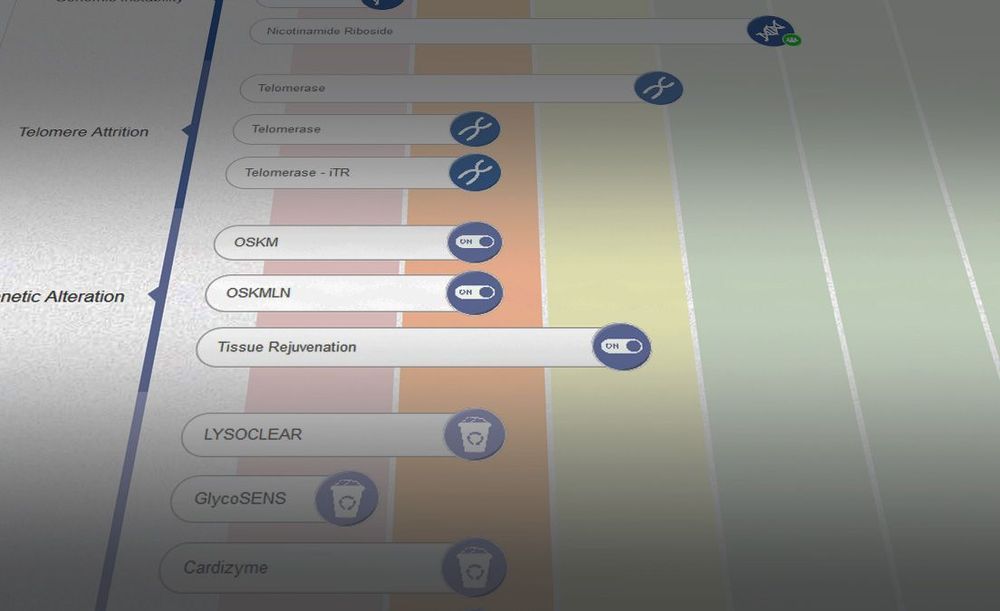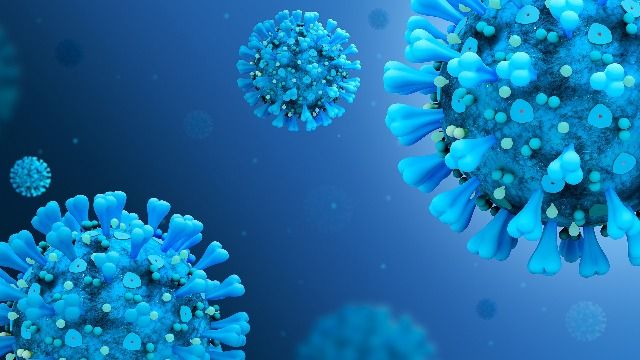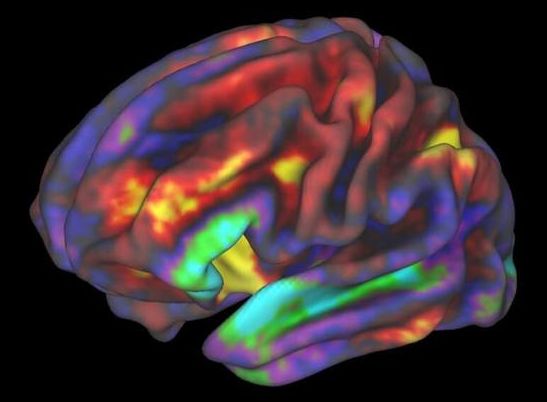The Ogba Educational Clinic is pioneering ethics in Digital technology in Africa.
The federal government’s cyber plan is long on action points but short on any organising principles. This is worrying.


Saint Kitts and Nevis became the 44th country to ratify the UN Treaty on the Prohibition of Nuclear Weapons on Sunday, the 75th anniversary of the US atomic bombing on the Japanese city of Nagasaki. Six more ratifications are now needed to bring the treaty into force.
The Caribbean nation’s foreign minister, Mark Brantley, said in a statement that the bombing of Nagasaki was the apogee of human cruelty and inhumanity.
He said his country, as a small nation committed to global peace, can see no useful purpose for nuclear armaments. He called on all nations to work towards peace and mutual respect for all mankind.

We came across a piece today over at Motorbike Writer about Yamaha preparing a water-powered motorcycle, and while a quick Google revealed this to be nothing more than a Yamaha-sponsored thesis project from 2016, the idea itself is fascinating enough to follow down the rabbit hole.
Water-powered or water-engined are the wrong terms for this. What’s being proposed is a system that replaces the chain, belt or shaft drive to the rear wheel with a hydraulic system that uses water pressure to spin the back wheel. So a fluid drive is probably the better way to put it. Designer Maxime Lefebvre admits as much in the “engine breakdown” slide, saying “to be effective, it needs a water pump.”
That water pump would be the engine. But how realistic is it to think about a water drive system? And what would be the pros and cos of such a thing? Perhaps we can look to two previous New Atlas stories for answers.



Kitasato University Hospital researchers in Japan found that patients with smaller eye pupils were twice as likely to die from heart failure.
Meanwhile, 47 per cent of those with small pupils were readmitted to hospital, compared with just 28 per cent of those with large pupils.
Study author Dr Kohei Nozaki, of Kitasato University Hospital in Japan, said: ‘Our results suggest that pupil area is a novel way to identify heart patients at elevated risk of death or hospital readmission.


WASHINGTON — The Air Force made the call to stick with SpaceX and United Launch Alliance as its launch providers for the next five years. Now it has to decide if and how to continue working with the companies that lost the National Security Space Launch Phase 2 competition — Blue Origin and Northrop Grumman.
An issue at hand is the termination of the Launch Service Agreement contracts that the Air Force awarded in October 2018 to Blue Origin and Northrop Grumman, as well as to ULA.
The purpose of the agreements was to help Phase 2 competitors pay for launch vehicle development and infrastructure. Blue Origin received $500 million; Northrop Grumman $792 million and ULA $967 million. The funds were to be spread out through 2024, and the Air Force from the beginning said the LSAs would be terminated with those companies that did not win a Phase 2 procurement contract.

SARS-CoV-2, the virus behind the COVID-19 global pandemic, has presented scientists with a variety of conundrums. Where did the virus come from? Why is there so much clinical variability across patients? Does the virus mutate – if so, to what extent? How does this impact vaccine design? Such puzzles have brought together some of the top researchers from across the globe working in unity to uncover desperately sought-after answers. Nonetheless, certain aspects of COVID-19 infection remain unsolved. One key elephant in the room is the current lack of effective therapeutics with which to fight the virus.

But have you ever wondered: how well do those maps represent my brain? After all, no two brains are alike. And if we’re ever going to reverse-engineer the brain as a computer simulation—as Europe’s Human Brain Project is trying to do—shouldn’t we ask whose brain they’re hoping to simulate?
Enter a new kind of map: the Julich-Brain, a probabilistic map of human brains that accounts for individual differences using a computational framework. Rather than generating a static PDF of a brain map, the Julich-Brain atlas is also dynamic, in that it continuously changes to incorporate more recent brain mapping results. So far, the map has data from over 24,000 thinly sliced sections from 23 postmortem brains covering most years of adulthood at the cellular level. But the atlas can also continuously adapt to progress in mapping technologies to aid brain modeling and simulation, and link to other atlases and alternatives.
In other words, rather than “just another” human brain map, the Julich-Brain atlas is its own neuromapping API—one that could unite previous brain-mapping efforts with more modern methods.